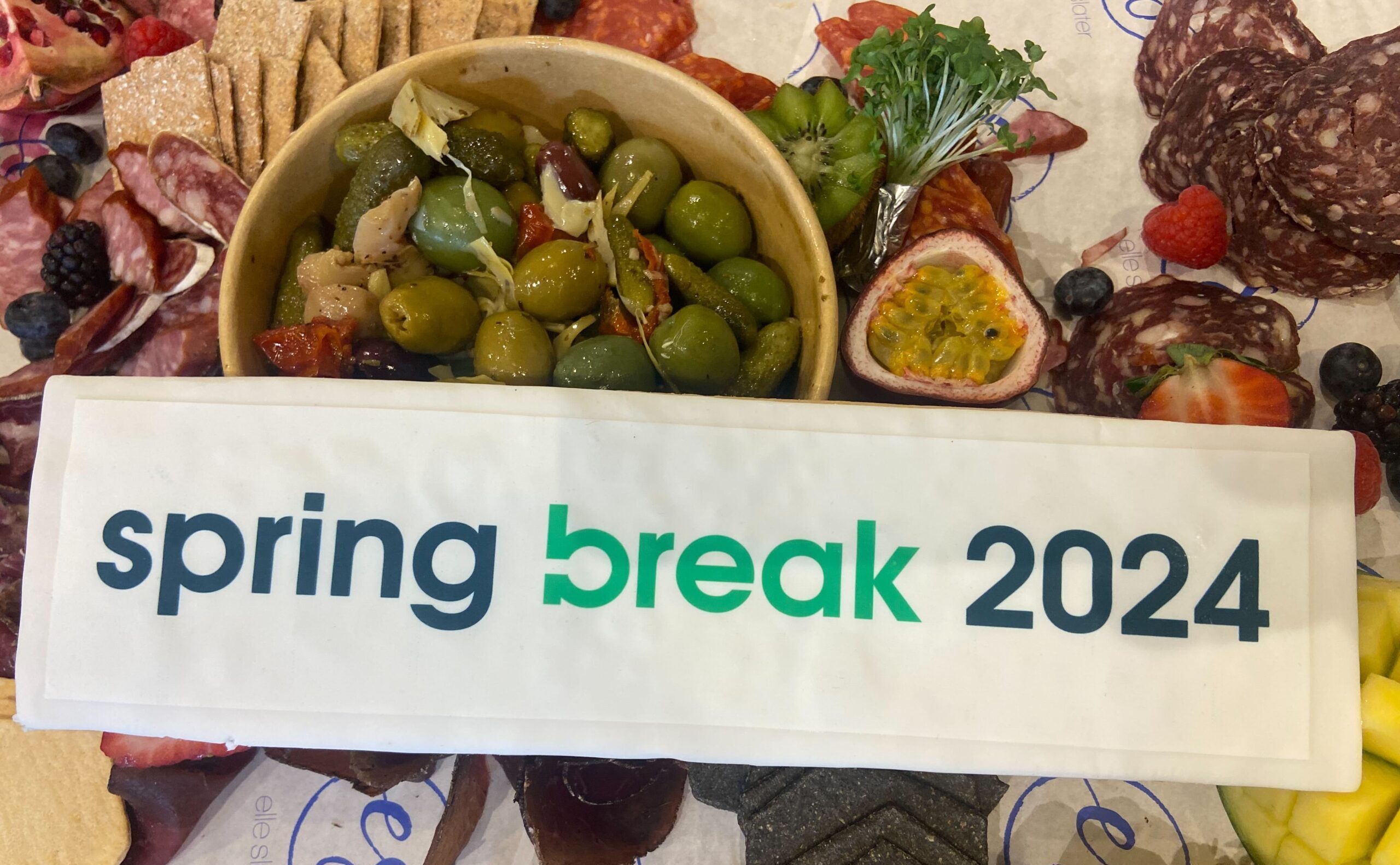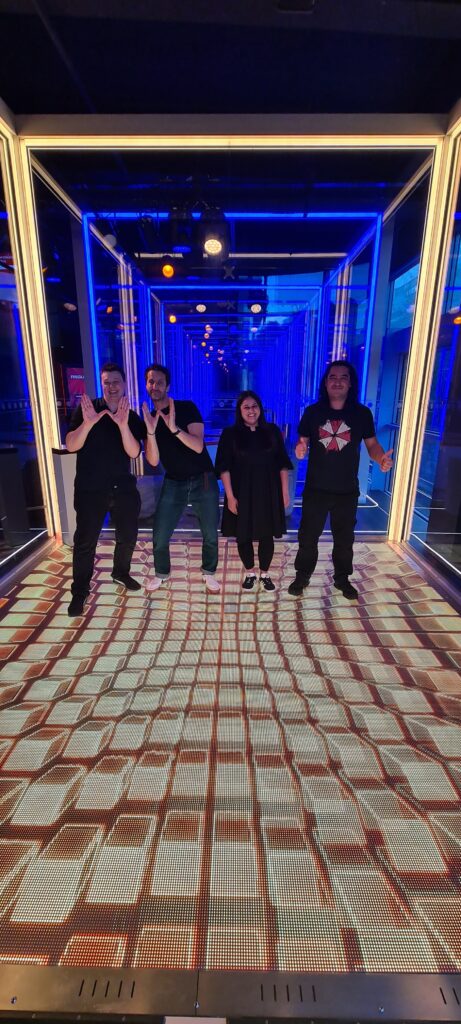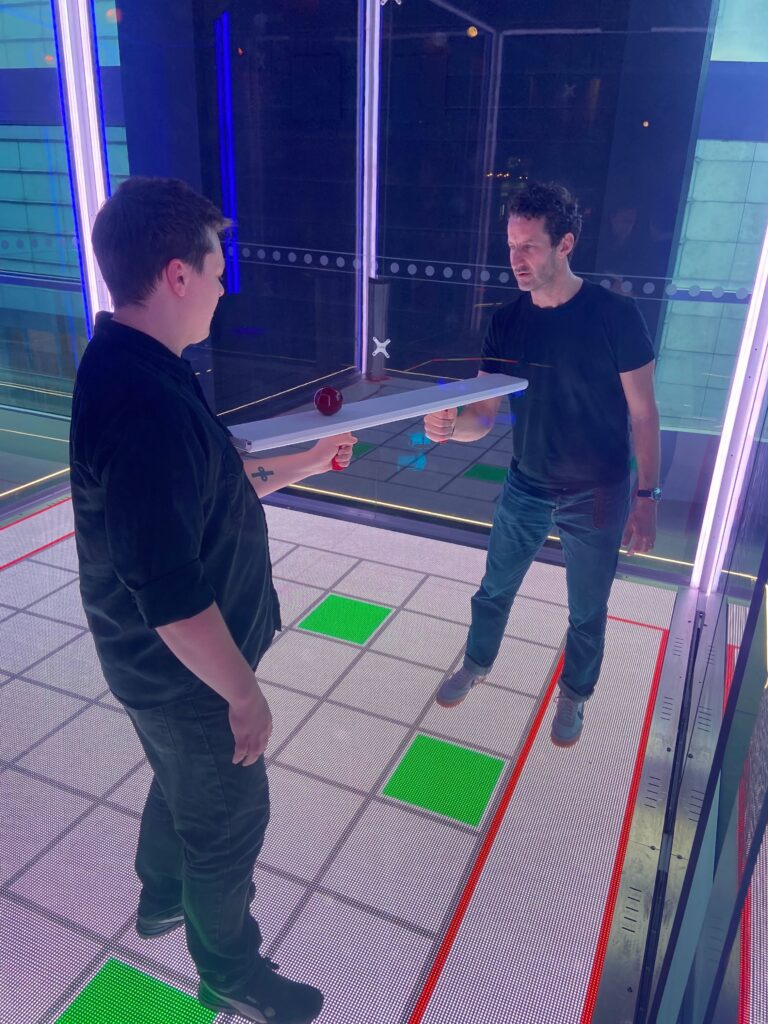Measurelab’s Madchester Spring Break Unconference

There are certain things that a business should measure, there’s the obvious things – money in, money out, client retention, new business leads, staffing levels and so on. Then there are the less obvious things, culture adoption, staff buy in, current capabilities, technical knowledge.
It’s all very well working, but answering the questions of what are we working for, and what are we working towards, generate insight and pathways that might have been unclear before.
The Measurelab Madchester Unconference ’24 was designed to measure the less obvious things and provide data to analyse answers to the questions.
The Measurement Framework
The unconference takes the structure of a conference but does away with the formalised, preset sessions. Handing over the reins to employees to come up with sessions, talks and workshops. Inviting people to explore things they know, but crucially things they don’t know as well.
With the framework in place, we (the Measurelab team) created ideas for sessions, topics for discussion, mini hackathons, and demonstrations.
Tagging up each idea with an interest score created a flexible schedule for the two days. Striking a balance between top down organisation to ensure efficient use of time, and free-form team level activity from which new ideas and ways of thinking can develop, is tricky but can be done when leadership trusts responsibility to team members.
Key Events
As analysts we know that success can be measured. We take quantitative data, apply benchmarks and performance indicators and measure our efforts against the defined criteria.
The unconference saw 20 people make the journey to Manchester in time for lunch. Despite high chore scores for several users, and multiple different journey sources, everyone who used the train medium landed at the offices in time for activities to begin.
18 sessions cocreated and generated by 20 Measurelabbers. Every session saw high user engagement, with an average engagement time of over half an hour, an incredibly low bounce rate and a strange level of squirrels.
The second day had a 100% user retention, and engagement rates every bit as high as the first day.
Sessions explored alternatives to the Google suite of analytics products, how best to use AI tools in day to day workflows, scoring client’s accounts on a data maturity framework, generating squirrel based data visualisations, and reflecting on the impact of remote first working practices on company culture.
The different workstreams reported back at the end of the sessions to share learnings and establish bragging rights. All while providing time to decompress, evaluate the content discussed, and take on much needed coffee and charcuterie.
As analysts we also know that success can be measured qualitatively, we have dimensions through which we can explore how well we felt the event went.
When working remotely is the norm, it feels good to meet up in person, it feels good to share food with colleagues, and it feels good to share ideas with the team.
And it’s still something that the business has to get used to, making in person meet ups more valuable for the different quality of engagement. So meetups can serve two purposes, building team identity, and identifying ways to improve the value of our work to our clients.
And nothing brings people together like the intense crucible of intra-company competition.
Socialisation
Day two saw 10 teams of two taking each other on in a battle of skill, wits, teamwork, bravery, concentration, memory, wits, and determination in The Cube. Or, at least the Manchester’ Urban Playground bar equivalent of TV’s top tea time gameshow, The Cube.



Never have 10 perspex boxes filled with LED lights and childrens games been so hotly contested. The points won across 6 intense rounds of Cube on Cube competition are only one metric for keeping score of who wins and who loses. Ultimately the real winner was Measurelab as a whole.
Analysis
Our initial framework allows us to apply a mixed attribution model for the overall success of the event.
We can credit the overall idea for the structure of the two days. An event like this requires a structure and level of organisation to allow for the time away from working for clients to be well spent, but also the freedom and space for ideas and discussions to emerge that ultimately drive new business ideas and value propositions.
We can credit the fun activities that bring team members together to foster better cooperation on future projects. We can look at the ideas generated, the new perspectives and shared knowledge that will help client relationships, improve the quality of work and increase the persuasiveness of our offering.
But it is each one of us who can claim the most credit, for engaging with the task – to build our own agenda, generate our own set of learnings, and reward the risk taken in focusing on the internals of the business for two days. Nurturing an environment where anyone can contribute requires everyone to lean in and contribute to that environment, and generally being a very decent group of people all working towards a common goal.
Hugo Jones
Subscribe to our newsletter:
Further reading

Firing up some remote feedback with My Three Things

Measurelab and AI: welcome to the augmented era
